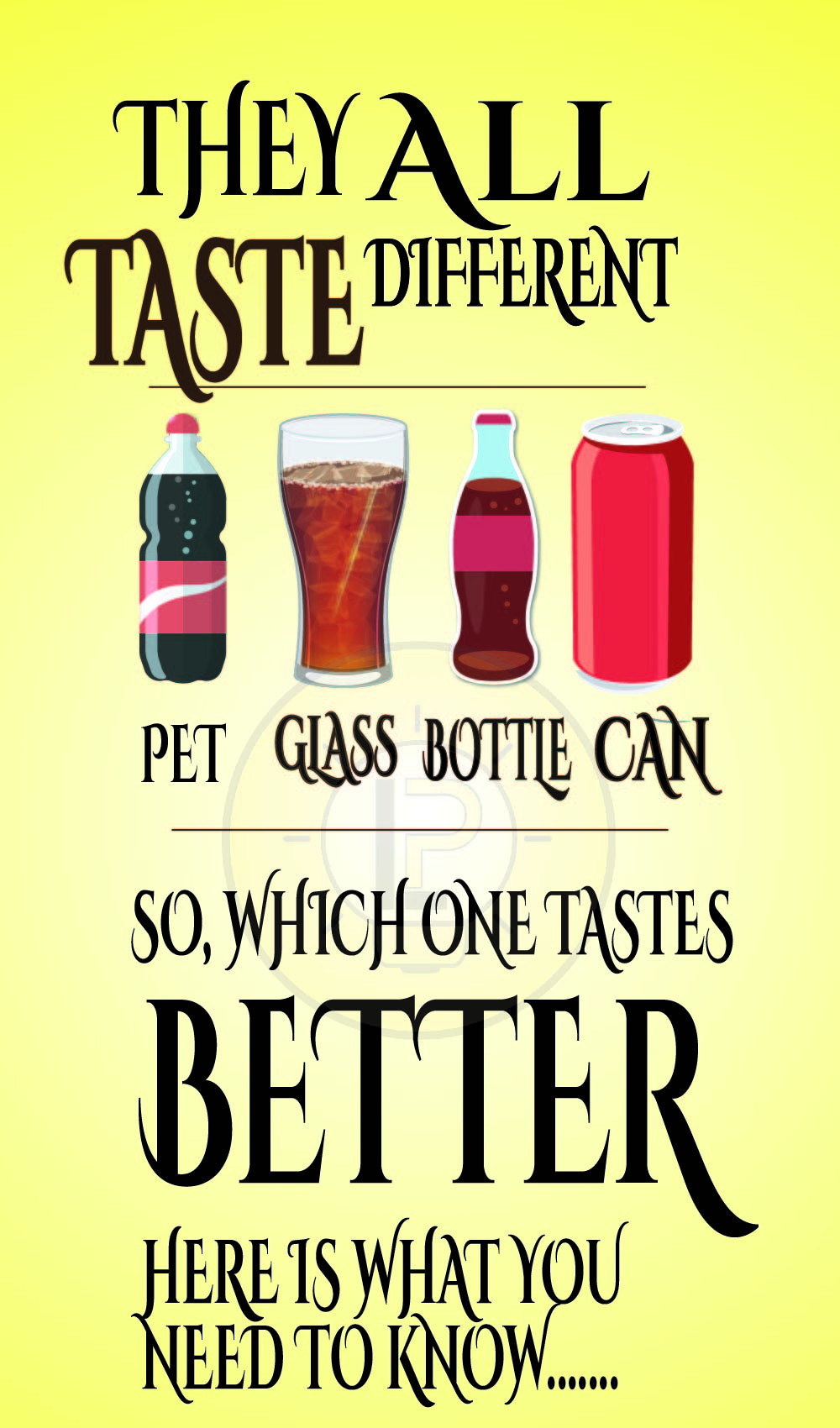Some swear by the glass, others by PET bottles. But there are also those who prefer to enjoy their drink out of a can. There are several reasons for the preferences: In addition to the feel and the weight, the different dosage forms also influence the taste. Is that the recipe?
Are they Changing the Ingredients?
According to beverage manufacturer Coca-Cola Germany, this is not the case. “The recipe, i.e. the composition of Coca‑Cola, is exactly the same in every package.” When asked by t-online, PepsiCo Germany also explained: “Even at PepsiCo, the recipe for our commercially available beverages is always the same, no matter what the packaging is.”
Is The Taste Difference Subjective?
Surely some find it strange to drink a soda or a beer out of a coffee mug. Mainly because the mouthfeel – i.e. the touch of the container with the lips – is perceived as unusual.
This in turn can affect the subjective perception of taste. From a purely objective point of view, however, the taste does not change.
Drinks From Glass Taste Different
In fact, it is the packaging material that affects the taste of the drink. However, this effect is mainly present with carbonated products – not only with lemonade but also with sparkling water and beer.
Carbon dioxide cannot escape from glass bottles or cans. Bottles made of plastic or PET are not “gas-tight”. “That means that carbon dioxide penetrates something,” explains Alexandra Moser, a chemistry teacher at the high school in Engen, the SWR. However, carbon dioxide (CO2) is necessary because it combines with water (H2O) and thus reacts to carbonic acid – roughly explained.
Moser adds that the longer the PE T-bottle with the carbonated drink is stored, the more carbon dioxide can escape. In addition, due to the nature of the surface of the PE T-bottle, the gas bubbles are more likely to cluster and grow. This means that a larger mass can escape more quickly, according to the pedagogue.
Chemical Reactions Possible
The biochemist Sara Risch has another justification. According to the scientist, the liquid reacts with the polymers – i.e. the molecules – of the packaging. Depending on the type of material, these polymers react differently: the molecules in an aluminum can absorb some of the soluble beverage aromas, whereas in PET bottles the polymers – in this case, acetaldehyde – are released into the beverage, explains Risch. With glass bottles, on the other hand, there is hardly any chemical reaction.
According to the scientist, although beverage manufacturers emphasize that they are working to ensure that such a chemical reaction and thus the difference in taste due to the packaging does not occur, it cannot be completely avoided.
This in turn means that research must be carried out on the packaging material so that no carbonic acid can escape through it or it can chemically react with the components of the drink.

